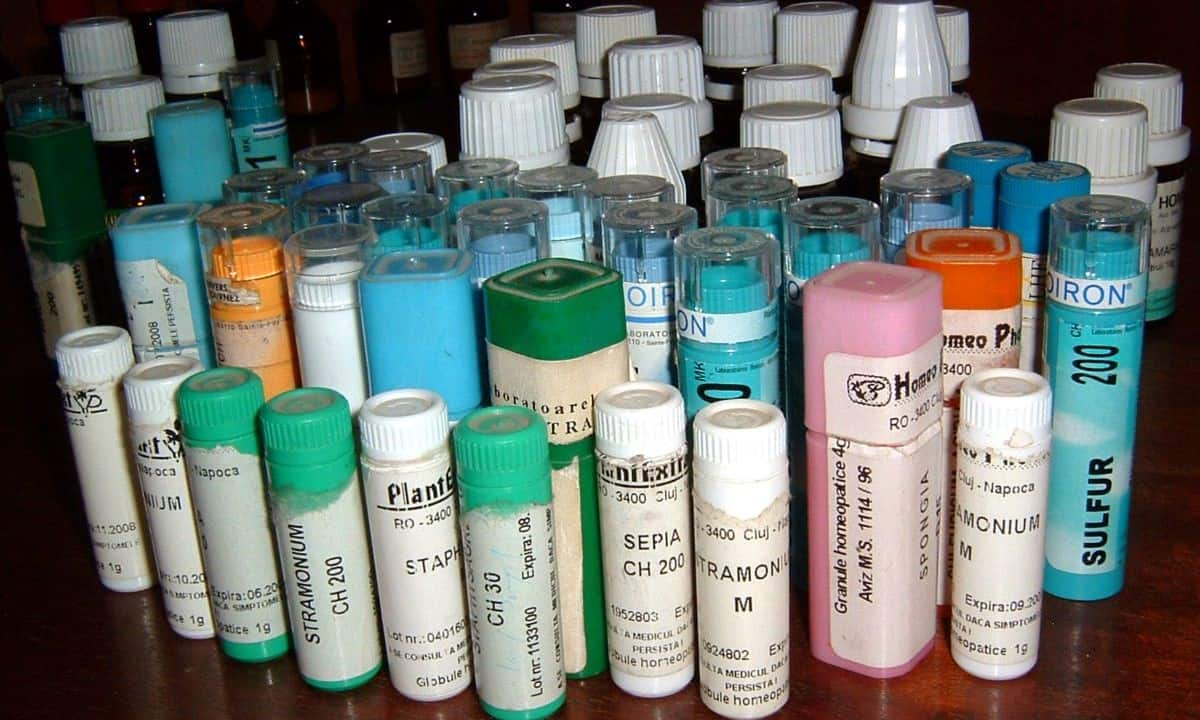NCH relaxes teacher norms for PG departments in homeopathy colleges
Musab Qazi | February 18, 2025 | 03:06 PM IST | 2 mins read
The rules National Commission for Homeopathy set last year resulted in colleges struggling to hire; now many of the provisions have been reversed.

NEW DELHI: Barely a year after the National Commission for Homeopathy (NCH) tightened the faculty norms for postgraduate institutions, it has partly reversed course.
NCH, the regulatory body for the homeopathy profession and education, last week notified changes to the rules governing MD (Homeopathy) programme, letting colleges have one assistant professor, in addition to an associate professor and a professor, as the minimum faculty for each PG specialisation offered by the institute. The previous norms, which were in force since March last year, had fixed two associate professors and a professor as the teaching threshold for specialised departments.
By lowering the bar for running PG programmes, the commission has partially restored the earlier 1989 regulations, which had provided for a minimum of two faculty members for each PG department – one of whom could be a lecturer (assistant professor), while the other had to be either a reader (associate professor) or professor.
The regulator has also backtracked on the eligibility qualification to be a guide or examiner, once again allowing assistant professors to handle these responsibilities. Under the 2024 rules, only an associate professor or professor could be a guide. The student-guide ratio for entry-level teachers is 1:1, as opposed to 2:1 and 3:1 for associate professors and professors – same as 1989 rules.
Also read AYUSH Counselling: Open school, private students eligible for BHMS
MD (Homeopathy) teachers, change in seats
The changes come against the backdrop of a National Medical Commission (NMC) proposal to similarly relax qualification criteria for medical college teachers. The new draft regulations provide for diploma holders and non-teaching consultants and specialists to become faculty members at these institutes.
As in medical programmes, the loosening of norms for homeopathy courses is aimed at increasing the pool of teachers. “The colleges are finding it difficult to hire faculty with higher qualifications. When we had changed the criteria last year, it was met with resistance and we received many representations. And hence, it was decided to move back to the earlier practice,” said Tarkeshwar Jain, NCH President.
There are 82 homeopathy colleges around the country with PG centres, with a cumulative intake capacity of more than 2,000. They offer MD in ten specialisations, namely Homoeopathic Materia Medica, Organon of Medicine and Homoeopathic Philosophy, Homoeopathic Repertory and Case Taking, Homoeopathic Pharmacy, Practice of Medicine, Pediatrics, Psychiatry, Community Medicine, Dermatology and Research Methodology and Biostatistics.
Even as NCH made faculty norms to be less stringent, it has reduced the maximum intake capacity for the first year of running a specialised subject at a PG centre from seven seats to six. This capacity can be enhanced up to 10 seats for subsequent batches.
The new rules also demand that the colleges connect to the centralised Aadhaar-Enabled Biometric Attendance System for marking attendance of their staff so that NCH can access the attendance data. While the colleges were required to have biometric attendance earlier too, there was no provision for centralised monitoring of attendance.
Follow us for the latest education news on colleges and universities, admission, courses, exams, research, education policies, study abroad and more..
To get in touch, write to us at news@careers360.com.